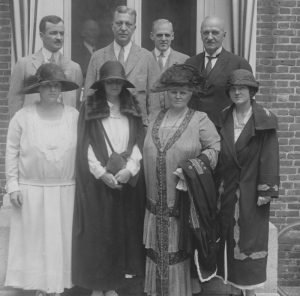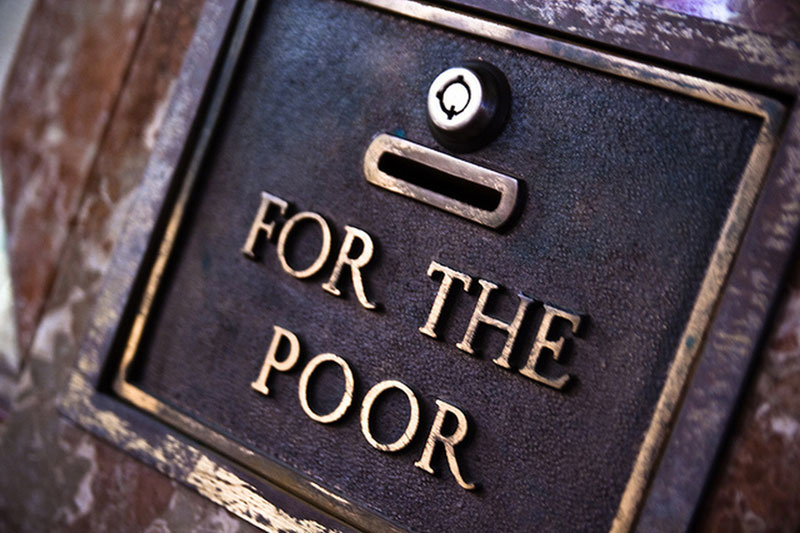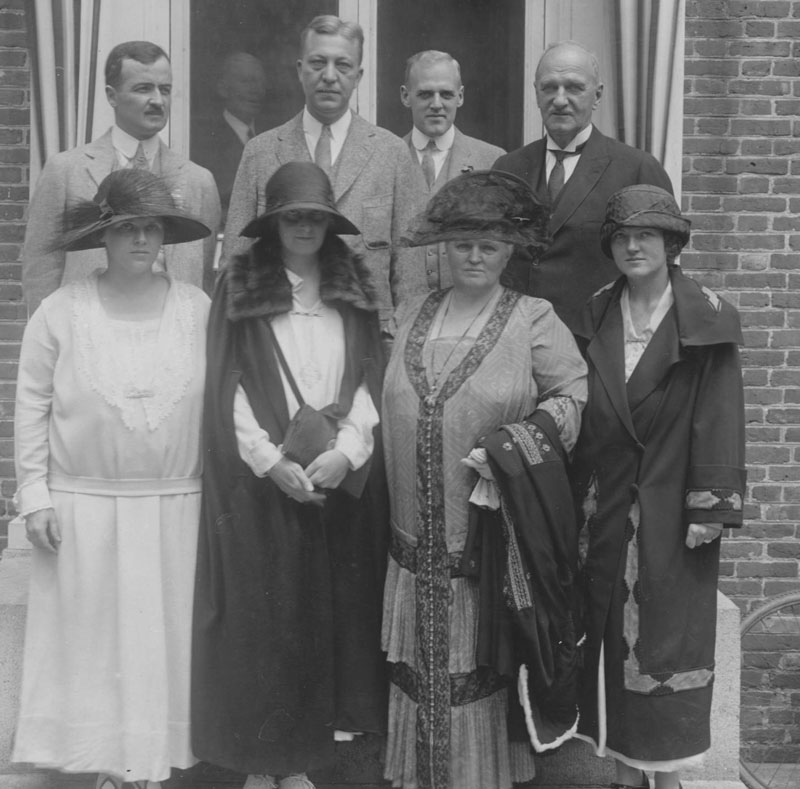
We seem unendingly interested in the rich and famous, to the point of reading sordid magazines with sections on how “they’re just like us!” This obsession with the ways of the wealthy extends full bore into philanthropy. We all want to know: Could we get one of those $100 million big bets? What would it take? Would they even care if we failed miserably so long as we were boldly entrepreneurial and had tech gadgets and algorithms in hand?
It’s possible that there is a big difference, however, between the doings of self-styled celebrity philanthropists and all the rest. If the self-reportage on which this study is based is to be trusted, many high net worth (HNW) donors give “just like us!” That is, if you agree with the first premise—that these are high net worth folk.
Sign up for our free newsletters
Subscribe to NPQ's newsletters to have our top stories delivered directly to your inbox.
By signing up, you agree to our privacy policy and terms of use, and to receive messages from NPQ and our partners.
The 2016 U.S. Trust Report on High Net Worth Philanthropy is based on a survey of 1,435 households with net assets of $1 million or more or that bring home at least $200,000. Clearly, these are not necessarily the generous billionaires of our dreams, as is further indicated by the fact that the average they gave in 2015 was $25,000. So, let’s keep our expectations in check. Still, the average American household (annual income of about $50,000) gave about 10 percent of that.
Some other notable findings:
- Surprisingly, the recipient field to which these HNW donors gave most often was basic human needs (63 percent), followed by—in order—religious, health, youth and family services, K–12 ed, animals, higher ed, arts and culture, environment and international. An increasing focus on basic human needs was also noted in this year’s Giving USA study.
- Fifty percent of HNW donors say they volunteer, as compared to 25 percent of the general population, and those who volunteer gave 56 percent more in 2015 than those who do not. However, just getting a HNW person to volunteer guarantees nothing. Among those who volunteer, only 84 percent said they give to at least some of the organizations they volunteer with.
- The number one reason why HNW donors give to a particular organization? No, it’s not that they can prove their effectiveness, as the experts are so fond of telling you. The number one reason is their belief in the mission of the organization (54 percent). Then comes the belief that their gift can make a difference (44 percent), and experiencing personal satisfaction, enjoyment or fulfillment (39 percent). Other reasons fall below these. Gaining a tax benefit mattered to approximately 18 percent of them, but this is actually down a bit from 2013, when 34 percent cited tax breaks.
- The number one reason why HNW donors stop giving to any particular charity? Too many solicitations.
- Twice as many HNW donors believe that many small donations given to a nonprofit have more world-changing capacity than one large donation.
- Only 44 percent of donors are pretty sure their gifts have the impact they intended while 54 percent are not all that sure.
- Breaking the back of any narrative you may be running about fundraising in an election year, only 24 percent of these HNW donors gave or plan to give to a political campaign during this election cycle. Among these, Democrats (36 percent) were more likely to be giving than Republicans (22 percent), and liberals (43 percent) more likely than conservatives (24 percent). People over 70 gave at relatively very high levels (40 percent), followed closely by LGBT HNW donors (38 percent).
- Where do HNW individuals place the most confidence? Nonprofits and individuals are in a dead heat at 87 percent, followed by state and local government, the executive branch, and, finally Congress, which still managed to pull down an incredible 41 percent.
So what are we to take from all of this? In our interpretation, nonprofits still enjoy high levels of public confidence, but we don’t seem to be doing a very good job of convincing high net worth donors of the value and impact of their gifts. HNW donors value the presence of other smaller donations in an organization, and beyond everything else, alignment between donors’ values and your mission is still paramount. The report is well worth reading—maybe you can add some conclusions of your own for the rest of us to mull over?













